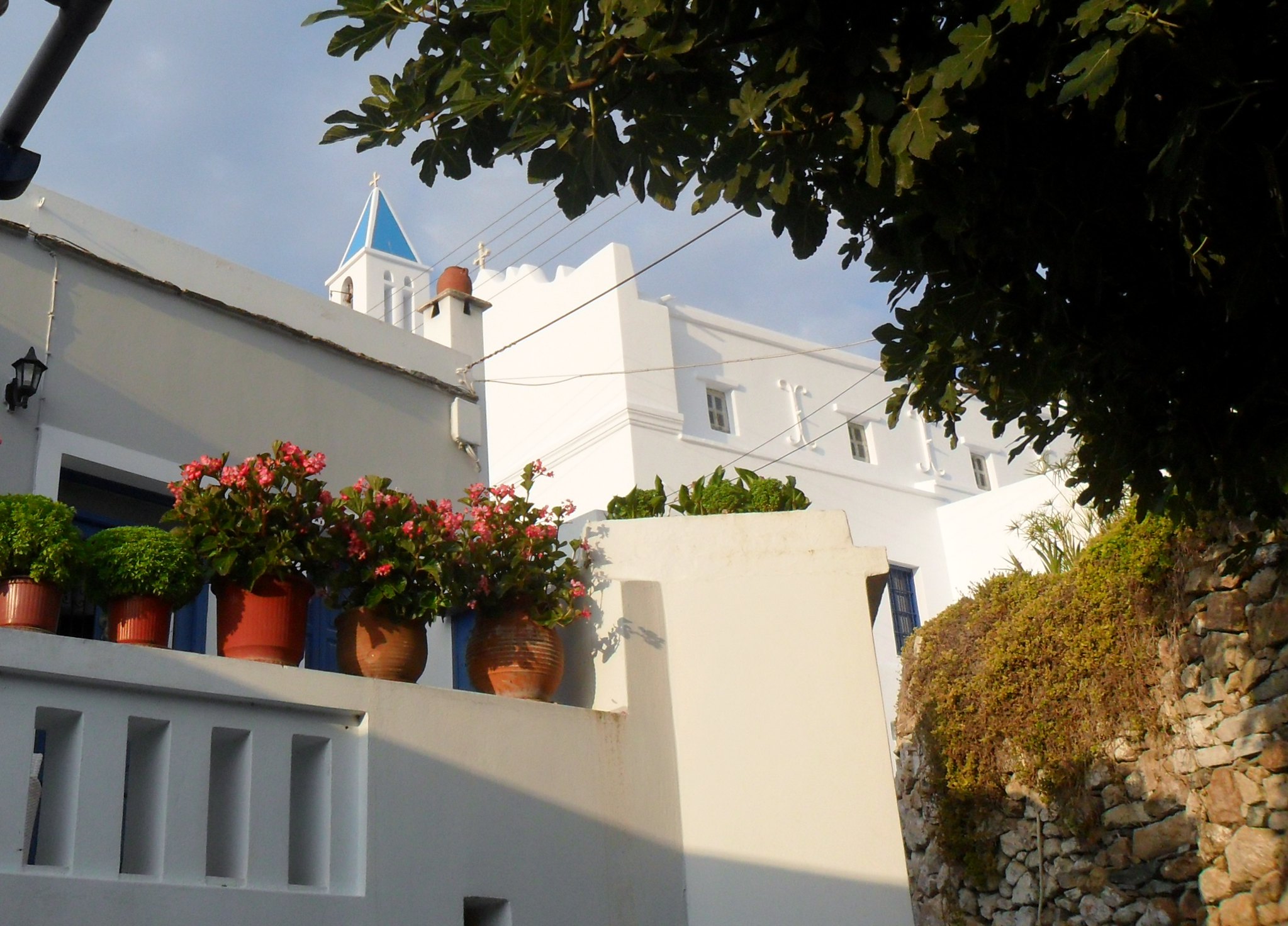Tinos Island Greece Church Explained In Instagram Photos

Cooking varies extremely in the Aegean (some areas, such as Mytilini, are marked by a definitely Eastern taste buds), but Greek island food is typically easy, its flavours tidy and pure. Sun-baked capers, fresh fish, sea sprayed herbs, a surprisingly big array of goat's-milk cheeses and initial cured meats are basic, and normal, components.
Mytilini is things to do in Tinos island famous for ouzo and great mezedes to accompany it, and king amongst them is the sardine called papalina. About 100 heaps of these fish are gathered each year from the Gulf of Kalloni - their broad, flat tins are stacked next to a pyramid of ouzo bottles in nearly every store on the island.
Papalina is the consummate Mediterranean fish. Exceptionally sweet, and oilier than many, it is salted for just a day to keep it juicy and virtually raw. Worked as it is, barely salted, it is an oddity in a location where fish is typically chosen well-cooked.
Most of the Aegean's many cheeses are made with goat's milk like they were in Homer's time. But European Union legislation has not been kind to raw-milk farmhouse cheese, and many conventional recipes will quickly go the way of the dinosaur. Ideally, touloumi - skin - aged goat's cheese -and ladhotyri, Mytilini's famous 'oil cheese', will make it through.
To the inexperienced, the sight of a 50-kilo goat skin spread completely, stubborn belly up and bulging with portions of soft, white cheese is unexpected at finest. Touloumi, for all its eye-popping discussion, is one of the earliest cheeses in Greece. Inning https://agreekadventure.com/40-things-to-do-in-greece-before-you-die accordance with some sources, it is the forerunner of feta. Named after the goat skin where it is aged, the cheese is rich and pleasantly sour. Ikaria, Samos and Mytilini all produce touloumi - on each island its flavour stands out.
Ladhotyri, the name of Mytilini's sweet, yellow, scrumptious 'oil cheese', has become a misnomer-today, the little cylinders are hardly ever protected in olive oil. When the cylinders age to the point where their moisture content falls below 40 percent, they are now most typically sealed in paraffin.
Cheese stores and butchers in Mytilini Town do still offer ladhotyri that has actually not been sealed, however neither has it been dipped in oil. The cheese is aged until ready for dipping, then sold to those ever-fewer cooks who take it home and place it themselves in a container isternia tinos island of olive oil.
The majority of ladhotyri originates from the mountain village of Mantamados, on the north side of the island.
The Aegean islands-in particular the Cyclades-produce some uncommon treated meats. Chief amongst them is louza. Originally from Syros, more info Tinos, Andros and Mykonos, it https://agreekadventure.com/a-quick-guide-to-the-greek-islands now dangles outside butchers' stores only on Syros and Tinos. Louza is pork loin or tenderloin that has actually been salted, cominged in peppercorns, allspice, cloves and cinnamon, marinaded in wine, covered in intestinal tract, sprayed with pepper and hung to dry for about two months. It is cut into thin slices and sometimes prepared in omelettes.
Among the more intriguing of the many sausages found in the Cyclades are the pork sausages spiced with fennel on Syros and Tinos and skordholoukaniko, a pork sausage experienced with garlic and sweet wine.
One of the Aegean's oldest dishes is for sissira, a delicacy made from pork remnants. Leftover meat and bits of rendered fat are stuffed into a pig's stomach (typically with sauteed onion), boiled, weighed down and kept for numerous months.